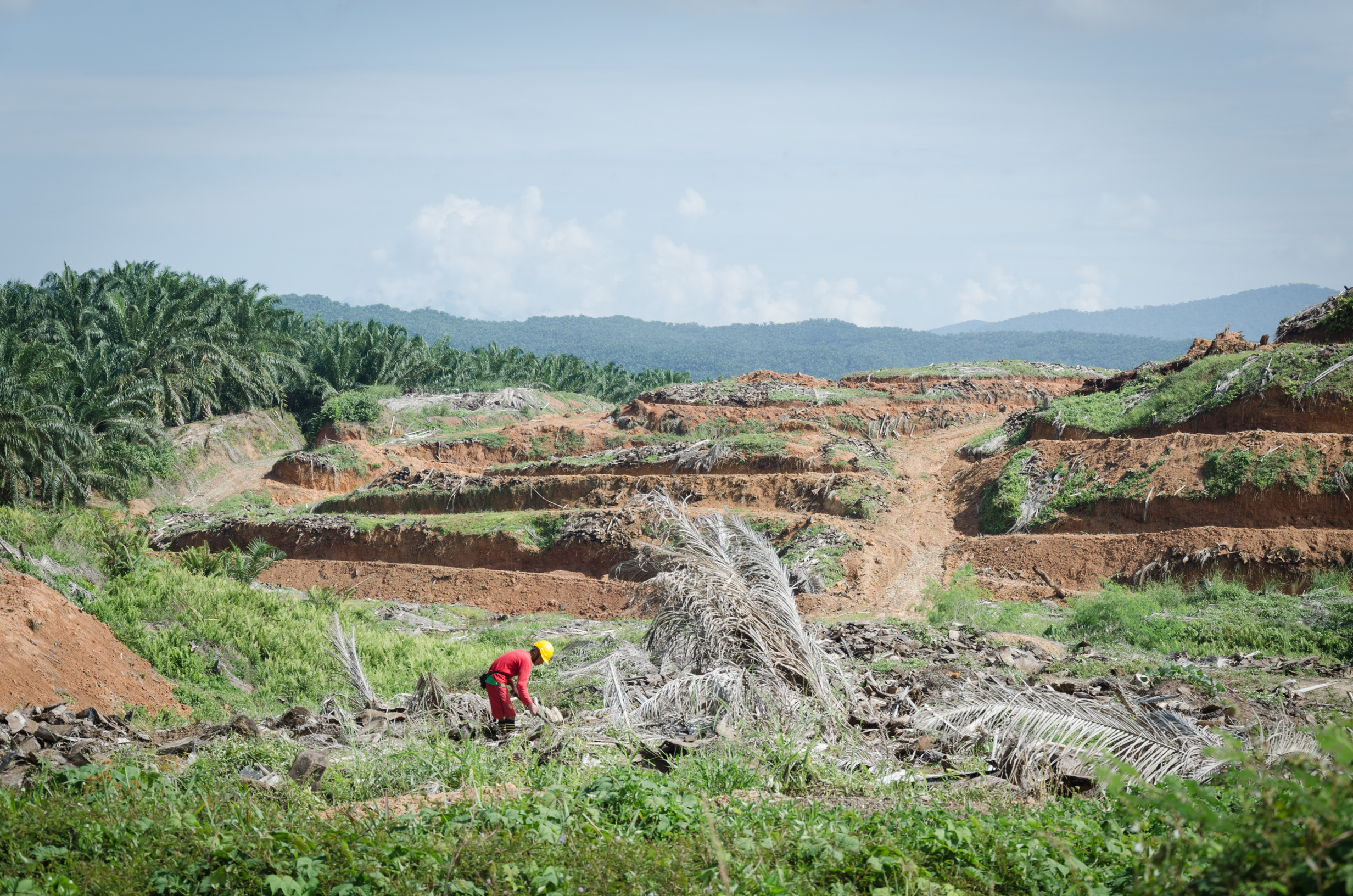Animals & the Environment: Deforestation, one peanut butter jar at a time
by Savannah Troy
Palm fruit oil is an ingredient as pervasive in the modern food industry as soybean products and corn syrup. If you browse the ingredients lists on common items in your grocery store, chances are, it’s there. Palm oil is found in cosmetics, nut butters, ice cream, candies, baked goods, chips, crackers, and oodles of prepared foods. While, health-wise, it is a relatively benign ingredient, palm oil holds disastrous consequences for the environment.
Palm oil is an attractive crop because it is extremely efficient, yielding over three times as much oil per acre than other oil producing crops. As a result, the United States’ imports of palm oil have increased by 485% over the past ten years from nations such as Indonesia, Malaysia, and Papua New Guinea. Palm oil plantations are established in the tropical rainforests of these countries and are directly responsible for massive deforestation: Indonesia, for example, has allocated 18 million hectares of forest to be converted to palm oil plantations by 2020.
The deforestation of these rainforests holds a variety of negative consequences. First and foremost, the loss of old-growth, complex plant communities has devastating long term effects. Without the dense vegetation to trap atmospheric carbon dioxide, the rate of global climate change is accelerated. Another key issue pertains to the human rights of indigenous peoples: ethnic groups in southeast Asia that live in rainforests and depend on those resources are regularly displaced by the development of palm oil plantations. Finally, and most pertinent to the interests of Expedition Art, there are profoundly harmful effects of these plantations on the wildlife of the rainforests. Rainforests are hubs of biodiversity and provide a critical habitat to organisms including the endangered Sumatran tiger, Sumatran elephant, Sumatran rhino, and the orangutan. Several of these species are featured in In Danger. In healthy Indonesian forests, up to 80 species of mammals can be found in a region. However, on palm oil plantations, only up to 12 species of mammals exist. The impact of this dramatic reduction in biodiversity reaches through the entire ecosystem, and the habitat fragmentation that occurs with the creation of palm oil plantations promotes local extinctions within the forest.
The pervasive influence of the palm oil industry can be disheartening. However, there are steps that individual consumers can take to promote a more sustainable future for palm oil. Electing to purchase alternative products that do not use palm oil based on lists like this one or just being sure to read the back of the box before you buy something are good places to start. There are other guides online, such as this one, that have comprehensive lists of companies to avoid as well as links to volunteer and donation options.

